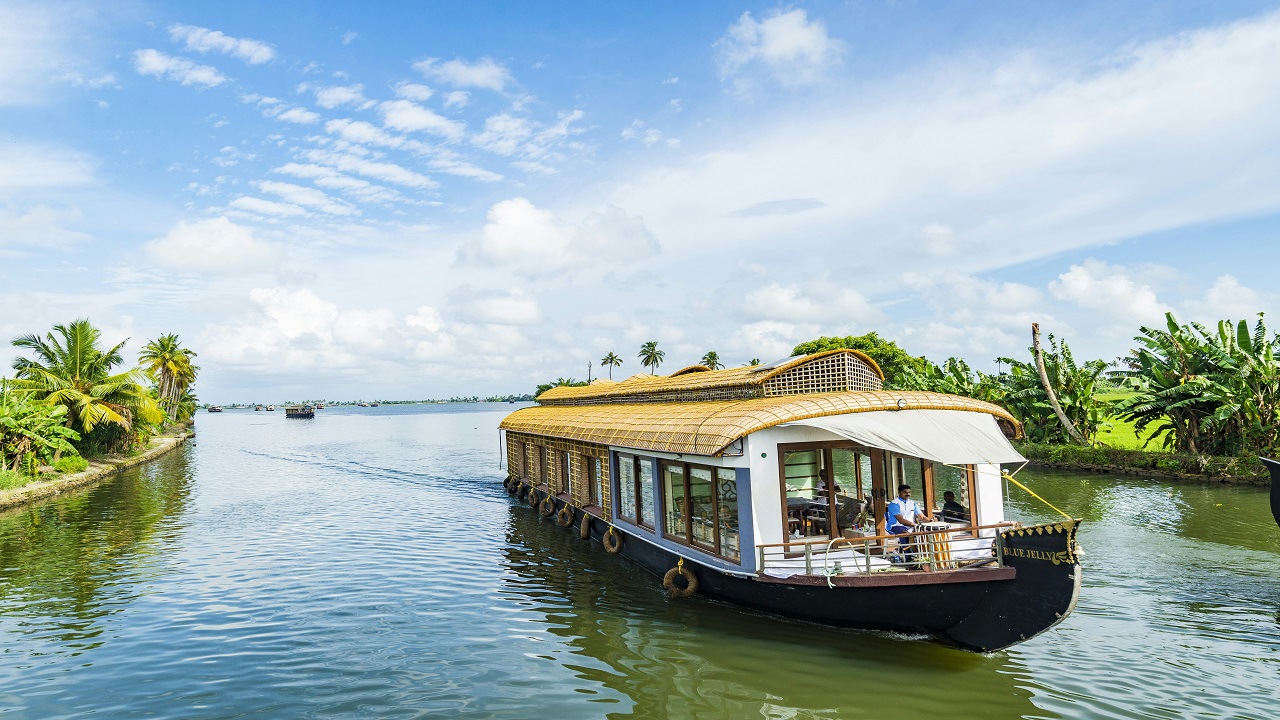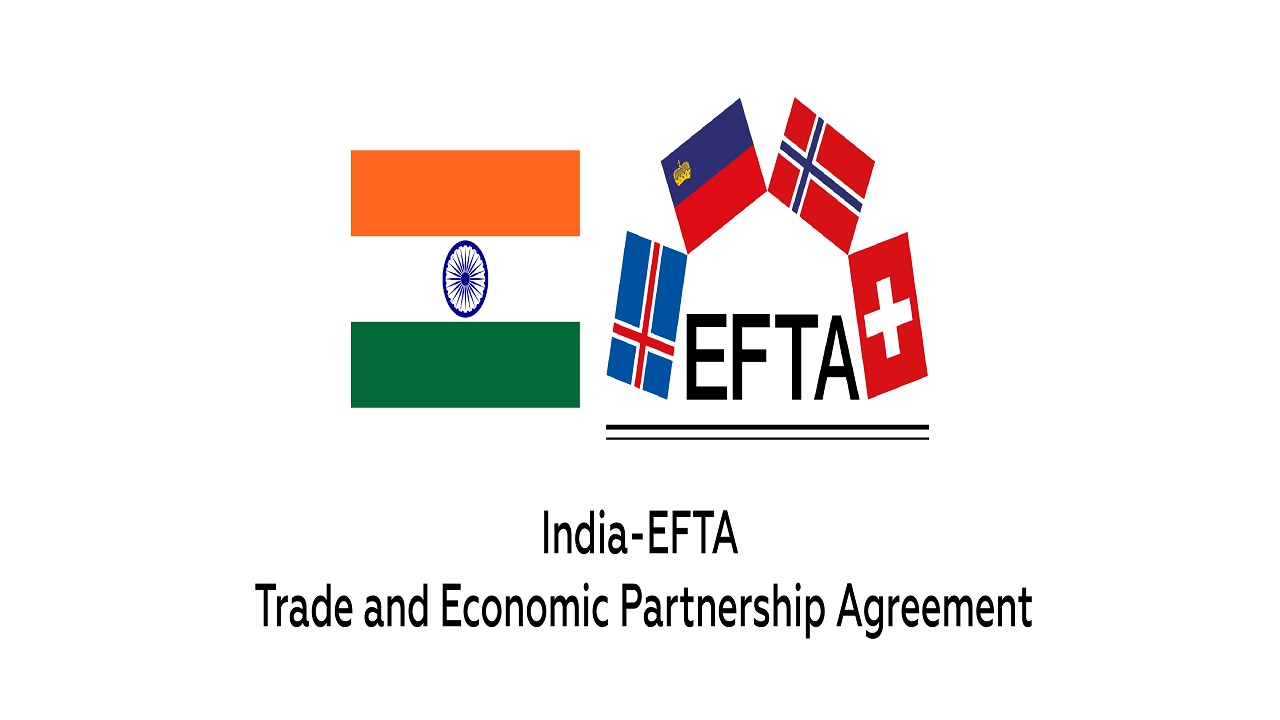Reviving Inland Waterways: India's Sustainable Transport Revolution
Context
India, endowed with over 14,500 km of navigable waterways, has long underutilized its potential for cargo and passenger movement. Traditionally overshadowed by rail and road transport, the Inland Water Transport (IWT) sector has recently witnessed a remarkable resurgence. This transformation has been driven by targeted government policies, infrastructure investments, and technological innovations.
A striking milestone was achieved in FY 2024–25, with India recording an all-time high cargo movement of 145.5 MMT, compared to a mere 18.1 MMT in FY 2013–14, registering a Compound Annual Growth Rate (CAGR) of 20.86%. This surge reflects a structural shift in India’s logistics and transportation landscape.
Key Statistics on Indian Inland Waterways
-
Cargo Traffic Growth
-
FY 2013–14: 18.1 million metric tonnes (MMT)
-
FY 2024–25: 145.5 MMT
-
Growth Rate: CAGR of 20.86%
-
-
National Waterways Expansion
-
2014: 5 National Waterways
-
2024: 111 National Waterways, post the National Waterways Act, 2016
-
-
Operational Waterway Length
-
2014–15: 2,716 km
-
2023–24: 4,894 km
-
-
Passenger Movement
-
FY 2023–24: Reached 1.61 crore
-
-
Top Commodities Transported
-
Coal, iron ore, sand, and fly ash make up over 68% of the total cargo.
-
Major Achievements in the Inland Waterways Sector
-
Digital Innovations
-
Introduction of platforms such as LADIS (Least Available Depth Information System), RIS (River Information System), PANI (Portal for Asset & Navigation Information), Car-D, and MIRS for improved navigational safety, data transparency, and route planning.
-
-
Infrastructure Development
-
Establishment of 3 Multi-Modal Terminals (MMTs) at Varanasi, Sahibganj, and Haldia.
-
1 Intermodal Terminal (IMT) at Kalughat.
-
Development of community jetties and introduction of green vessels for sustainable navigation.
-
-
Policy Reforms
-
Jalvahak Scheme for supporting vessel operations.
-
Extension of Tonnage Tax benefits to inland vessels.
-
Integration of IWT in national logistics planning and PM Gati Shakti framework.
-
-
Global Benchmarking
-
IWT now viewed as a cost-effective and environment-friendly alternative to traditional transport modes like rail and road.
-
Challenges to Inland Waterways Development
-
Sparse Industrial Hubs Along Waterways
-
Lack of significant manufacturing or processing clusters near riverbanks reduces freight volumes and affects corridor viability.
-
-
Multimodal Connectivity Gaps
-
Insufficient integration with rail and road networks leads to delays and increased logistics costs.
-
-
Seasonal Navigability Issues
-
Rivers often face depth fluctuations during dry seasons, disrupting year-round operations and impacting schedule reliability.
-
-
Environmental Concerns
-
Large-scale dredging and infrastructure development may harm aquatic biodiversity and river ecosystems unless sustainability measures are adopted.
-
-
Low Modal Share
-
Despite high potential, IWT accounts for only 2% of total cargo movement, indicating underutilization and limited industry preference.
-
Way Forward
To unlock the full potential of inland waterways, a multi-dimensional approach is essential:
-
Encourage Private Participation
-
Promote Public-Private Partnerships (PPPs) for terminals, jetties, and cargo-handling systems to boost efficiency and innovation.
-
-
Capacity Building and Skilling
-
Train inland vessel crews, logistics professionals, and port operators to enhance safety and operational readiness.
-
-
Environmental Safeguards
-
Adopt eco-friendly dredging technologies and sustainable port designs to reduce environmental damage and promote green logistics.
-
-
Awareness and Outreach
-
Conduct nationwide campaigns highlighting the economic and environmental benefits of IWT to shift freight away from overburdened rail and road networks.
-
-
Multimodal Integration
-
Develop integrated logistics hubs and parks, connecting waterways to national highways and freight rail corridors for seamless end-to-end transport.
-
Conclusion
India’s inland water transport sector is undergoing a paradigm shift, evolving from a neglected mode to a strategically prioritized logistics solution. With consistent investment in infrastructure, digital tools, and policy support, the sector is poised to play a central role in India’s vision of low-cost, sustainable, and efficient freight movement.
If the current momentum continues—anchored in green technology, digital transparency, and industrial alignment—India’s IWT could become a global model, significantly contributing to logistics competitiveness and environmental sustainability in the 21st century.




Comments (0)